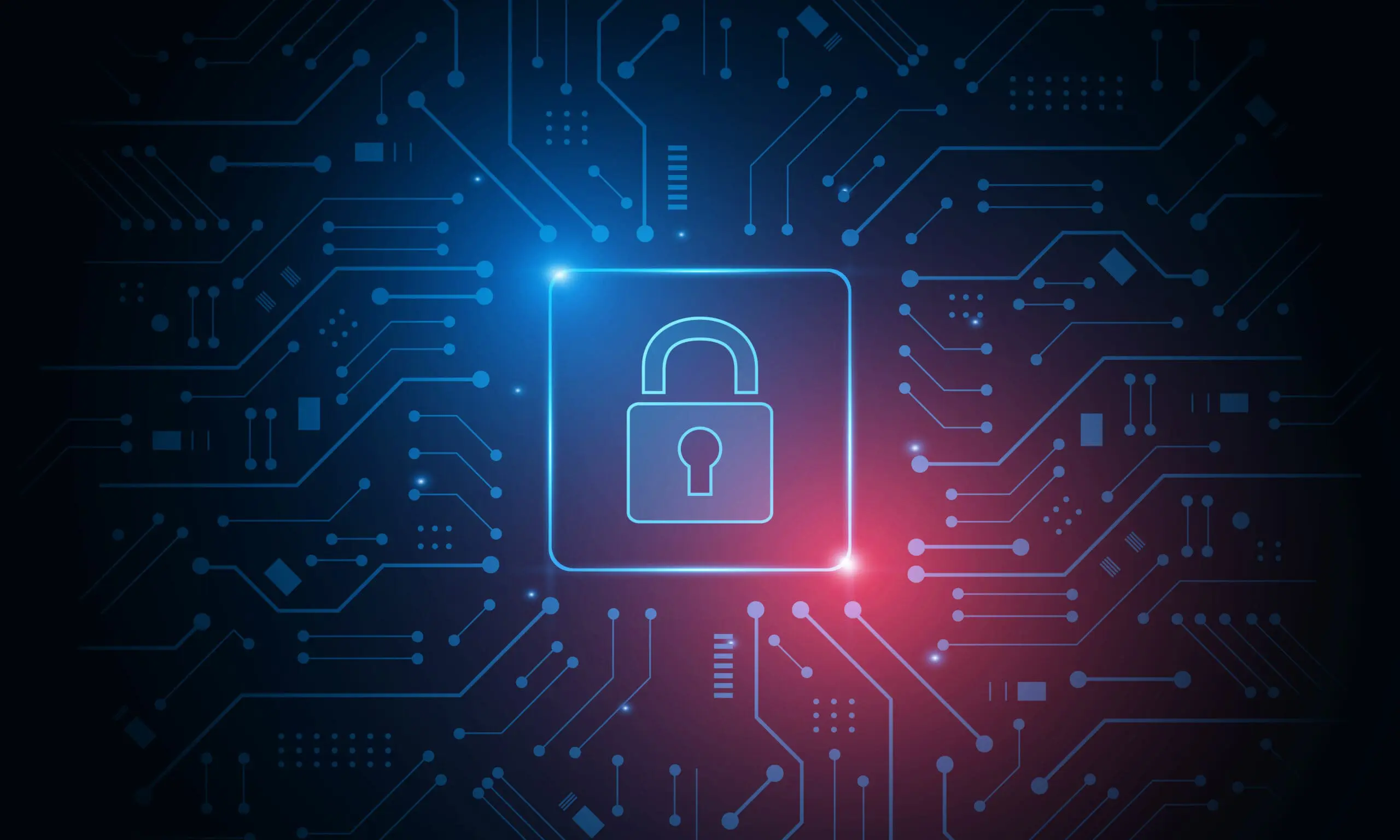Comprehensive Cybersecurity Guide for Small Businesses
Comprehensive Cybersecurity Guide for Small Businesses

In today’s interconnected world, small businesses are increasingly reliant on digital technologies for day-to-day operations. However, this digital dependency also opens up a Pandora’s box of cyber threats. Unlike large corporations with dedicated IT security teams, small businesses often operate with limited resources, making them attractive targets for cybercriminals. This comprehensive guide is designed to demystify cybersecurity, offering actionable advice to fortify your small business against digital threats.
Outline
Understanding the Risks
To effectively protect your business, it’s crucial to first understand the types of cyber threats you might face. These can range from phishing scams designed to steal sensitive information to malware that can cripple your business operations.
Phishing Attacks
Phishing is a deceptive practice where attackers masquerade as trustworthy entities to steal sensitive data like login credentials and financial information. These attacks often come in the form of emails or messages that prompt the recipient to click on a malicious link or attachment. Educating your team on how to recognize phishing attempts is a critical first step in safeguarding your business.
Malware and Ransomware
Malware, short for malicious software, encompasses various forms of harmful software designed to disrupt, damage, or gain unauthorized access to computer systems. Ransomware, a specific type of malware, encrypts a victim’s files, with the attacker demanding a ransom to restore access. Protecting against these threats requires a combination of robust security measures and employee awareness.
Data Breaches
A data breach occurs when confidential information is exposed to an unauthorized environment, often due to security vulnerabilities or insider threats. The repercussions of a data breach can be devastating, from financial losses to long-term reputational damage.
Cybersecurity Best Practices
Adopting a proactive approach to cybersecurity can significantly reduce your risk of falling victim to cyber threats. Here are essential best practices every small business should implement:
Regular Software Updates
Keeping your software up-to-date is a simple yet effective defense against cyber attacks. Software updates often include patches for security vulnerabilities that, if left unaddressed, could be exploited by attackers. Ensure that all your systems, including operating systems, applications, and antivirus software, are set to update automatically.
Strong Passwords and Multi-Factor Authentication (MFA)
The importance of strong, unique passwords cannot be overstated. Encourage your employees to use complex passwords and consider using a password manager to securely store them. Additionally, implementing multi-factor authentication (MFA) adds an extra layer of security by requiring users to provide two or more verification factors to gain access to their accounts.
Educate Your Employees
Human error remains one of the largest security vulnerabilities in any organization. Regular training sessions on cybersecurity best practices, including recognizing phishing emails and safe internet usage, can significantly mitigate this risk. Creating a culture of security awareness is paramount.
Secure Your Wi-Fi Networks
Your business’s Wi-Fi network is a potential entry point for cybercriminals. Secure your network by using the latest encryption standard (WPA3), hiding your network name (SSID), and setting strong passwords. Additionally, consider setting up a separate guest network for visitors to protect your main network from external threats.
Regular Data Backups
Regularly backing up your business data ensures that you can quickly recover in the event of data loss due to cyber attacks or other disasters. Store backups in multiple locations, including off-site or in the cloud, and test them regularly to ensure they can be restored.
Antivirus Software and Firewalls
Antivirus software and firewalls act as the first line of defense against malware and unauthorized access attempts. Ensure that your antivirus software is always active and regularly updated. Configuring your firewall settings to block unauthorized access while allowing legitimate traffic is also crucial.
Developing a Cybersecurity Plan
A well-defined cybersecurity plan is your roadmap to a secure business environment. This plan should outline your security policies, employee responsibilities, and procedures for responding to cyber incidents.
Risk Assessment
Begin by assessing the potential risks to your business. Identify which assets are most valuable and vulnerable, and prioritize your security efforts accordingly.
Response Strategy
Outline clear procedures for responding to different types of cyber incidents. This includes designating a response team, establishing communication protocols, and deciding on the steps to contain and mitigate the impact of an attack.
Recovery Plan
Develop a comprehensive recovery plan that includes restoring data from backups, repairing damaged systems, and communicating with stakeholders. A well-executed recovery plan can minimize downtime and reduce the overall impact of a cyber incident on your business.
Conclusion
Cybersecurity is not a one-time effort but an ongoing process of improvement and adaptation to new threats. By understanding the risks, implementing best practices, and developing a solid cybersecurity plan, small businesses can significantly enhance their digital defenses. Remember, investing in cybersecurity is not just about protecting your business; it’s about safeguarding your customers’ trust and ensuring the longevity of your business in the digital age.
Investing time and resources into cybersecurity may seem daunting, especially for small businesses with limited budgets. However, the cost of proactive security measures pales in comparison to the potential losses from a cyber attack. Start small, prioritize your most critical assets, and gradually build a comprehensive cybersecurity strategy that aligns with your business needs.
Cybersecurity is a shared responsibility. Encourage your employees to adopt secure online practices, both in and out of the workplace. By fostering a culture of security awareness, you can create a human firewall that stands as your business’s first line of defense against cyber threats.
In the end, the goal of cybersecurity is not to eliminate all risks — an impossible task in the ever-evolving landscape of cyber threats — but to manage these risks at an acceptable level. With the right knowledge, tools, and mindset, small businesses can thrive securely in the digital world, turning cybersecurity from a daunting challenge into a strategic advantage.
